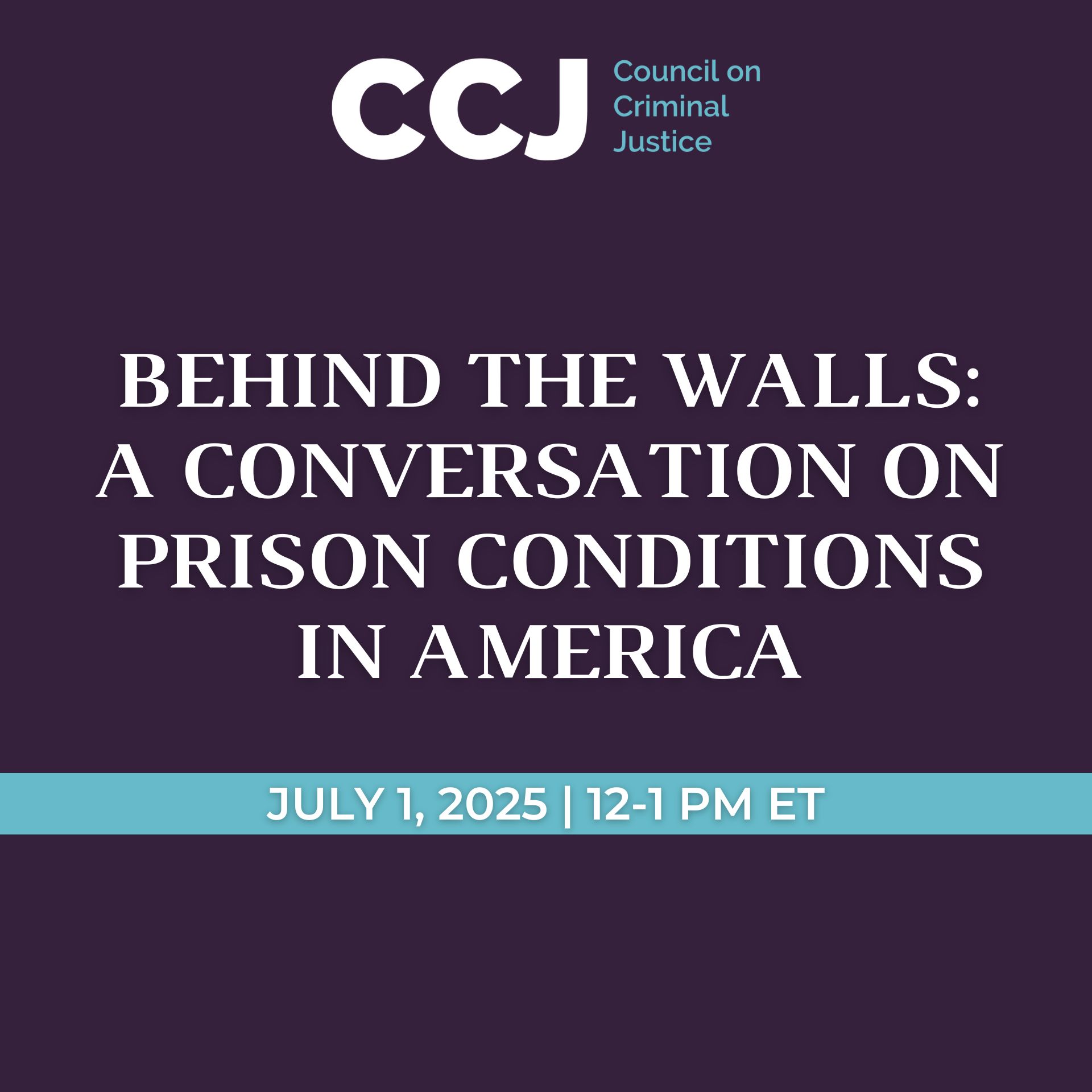Crime Rates and COVID-19: A Review of Data from 27 American Cities
During the spring and early summer of 2020, the COVID-19 pandemic led to widespread quarantines and business closings. On May 25, the killing of George Floyd by a Minneapolis police officer triggered mass protests and a national conversation about the role of law enforcement in society. The first impact report presented to the Commission examined the consequences of these conditions for crime rates in major U.S. cities.
Methodology
Led by University of Missouri-St. Louis criminologist Richard Rosenfeld, a former president of the American Society of Criminology, researchers examined weekly changes in 11 different criminal offenses across 27 cities between January 2017 and June 2020. The largest city was New York, the smallest was Cincinnati. The crime data were obtained from the online portals of police departments. Not all of the cities reported data for each crime, and offense classifications varied somewhat across the cities. The crime counts for recent months are preliminary and may be subject to revision, although subsequent changes should not substantially affect the principal results.
Findings
- Property and drug crime rates fell significantly during the spring and early summer of 2020, coinciding with stay-at-home mandates and business closings. Residential burglary dropped by 20% between February and June 2020. Larceny and drug offenses decreased by 17% and 57%, respectively, between March and June. These declines reflect quarantines (people staying home resulting in reduced opportunities for residential burglary), business closings (reduced opportunities for shoplifting), and reduced police and street activity (fewer open-air drug transactions).
- One exception to the drop in property crime was commercial burglary (typically theft by breaking into a business), which spiked by 200% for a single week beginning in late May before receding just as abruptly. The spike, which occurred across all cities, is likely associated with the property damage and looting at the start of nationwide protests following the killing of Floyd.
- With the exception of robbery, which began rising in late March after a three-year downward trend, there was little change in violent crime rates early in the pandemic. But rates of homicide, aggravated assault, and gun assault began to increase significantly in late May. Multiple factors likely explain these trends, including diminished police legitimacy in the wake of Floyd’s killing.
- Homicide rates increased significantly from the end of May through the end of June. The increase was led by three cities: Chicago, Philadelphia, and Milwaukee.
- Aggravated assault rates increased significantly – by 35% — between late May and the end of June. The rise in aggravated assaults was led by Chicago, Louisville, Nashville, and Detroit.
- Rates of gun assaults, which are aggravated assaults committed with a firearm, rose at the end of May, according to data from 17 cities, with Chicago experienced the largest increase in gun assaults. But the increase was not substantially greater than that recorded the year before.
- Robbery rose significantly – by 27% — between March and June.
- Rates of domestic violence also began climbing during the pandemic, but the increase was not significantly greater than in previous years. In addition, the finding was based on data from only 13 of the cities studied, and thus requires further examination.



